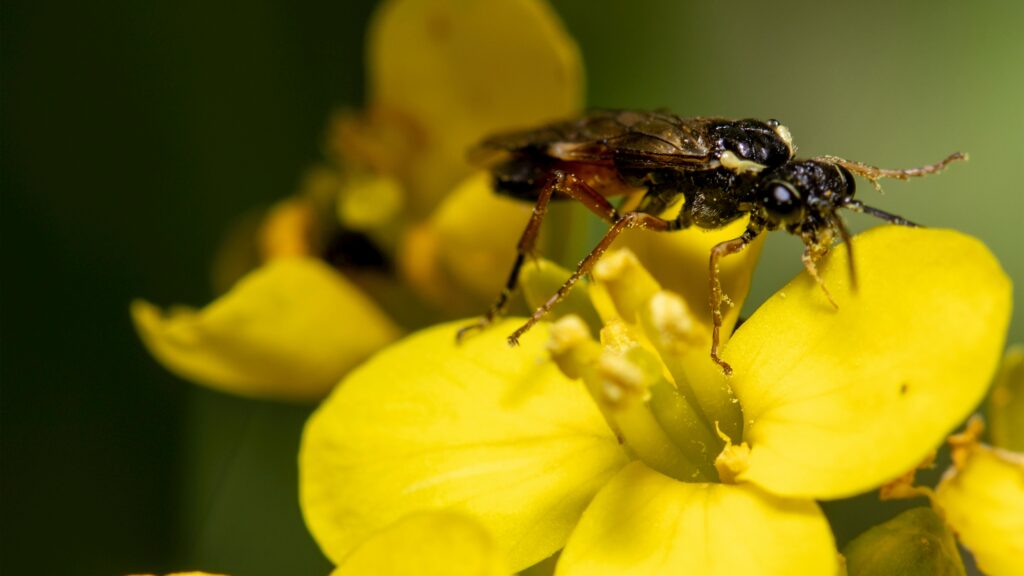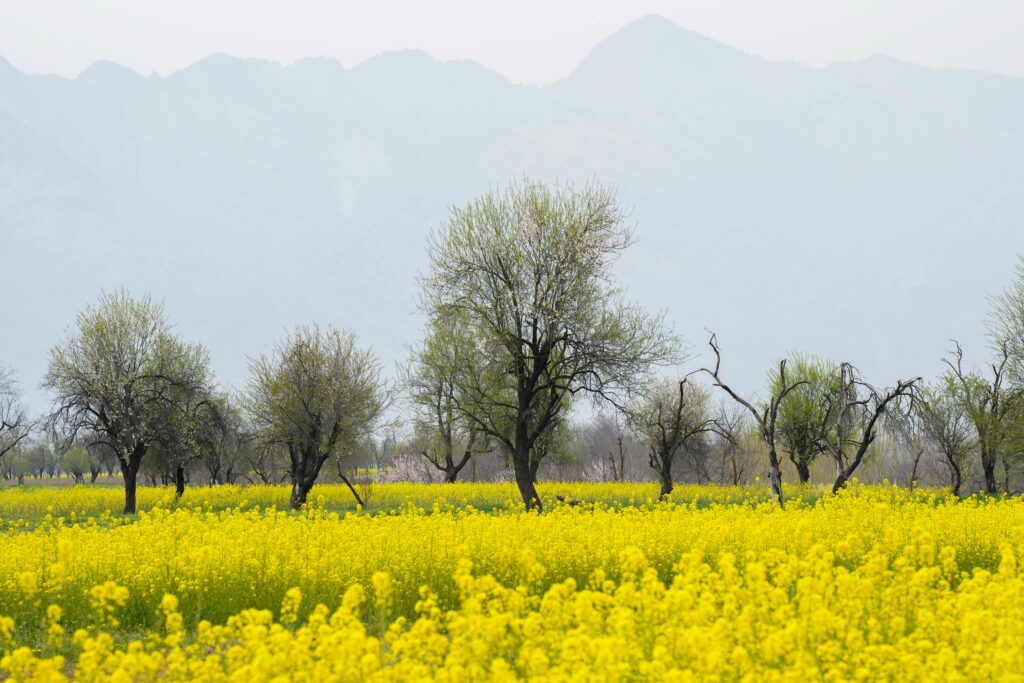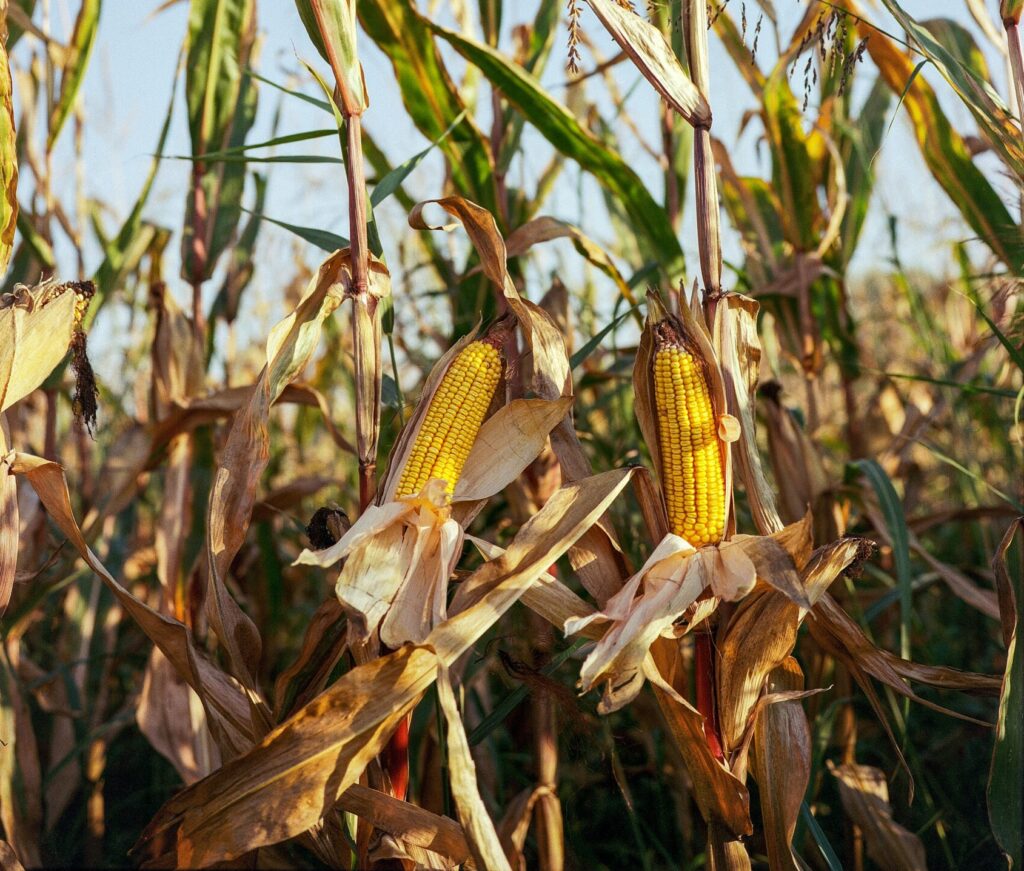In today’s rapidly urbanizing world, natural habitats for wildlife are dwindling. Trees are more than just beautiful additions to the landscape; they are vital sanctuaries for countless species of birds, insects, and other wildlife. By planting trees strategically, we can help restore these habitats and create thriving ecosystems even in urban environments. In this article, we’ll explore how tree plantation supports wildlife and how you can create a haven for birds and insects in your local area.
Why Trees Are Essential for Wildlife
Trees play a critical role in sustaining wildlife by providing food, shelter, and breeding grounds for many species. For birds, trees offer nesting sites and a rich supply of insects, fruits, and seeds for food. Insects, including bees and butterflies, rely on trees for nectar, pollen, and protective environments where they can complete their life cycles.
- Food Sources: Many species of trees produce fruits, seeds, and nectar that serve as vital food sources for birds and insects. Trees like oak, apple, and cherry attract wildlife year-round by providing sustenance at different stages of the growing season.
- Shelter and Nesting: Trees provide safe places for birds to build nests and raise their young. Insects, such as bees and butterflies, often lay their eggs on the leaves or bark of trees. The shelter that trees provide helps wildlife avoid predators and endure harsh weather conditions.
- Pollination and Biodiversity: Trees support biodiversity by attracting pollinators like bees, which help plants reproduce by transferring pollen from one plant to another. This natural process not only sustains the ecosystem but also contributes to food production for humans.
Choosing Trees That Attract Wildlife
Not all trees are equally beneficial for wildlife. When planting trees to create habitats, it’s important to select native species that are well-suited to your local environment and provide essential resources for local wildlife.
- Native Species: Native trees are adapted to your region’s climate, soil, and wildlife, making them ideal for creating sustainable habitats. Examples of native trees that attract wildlife include oak, maple, and willow, all of which provide food and shelter for a variety of species.
- Flowering Trees: Trees that produce flowers, such as crabapple and cherry, are highly attractive to pollinators like bees and butterflies. Their blossoms provide nectar and pollen, essential for these insects’ survival.
- Fruit-bearing Trees: Birds and small mammals are drawn to trees that produce fruits and nuts. Mulberry, serviceberry, and hawthorn trees offer an abundance of berries and nuts, which birds rely on, especially during migration or the colder months.
- Evergreen Trees: Evergreens like pine and spruce provide year-round shelter and nesting sites for birds. These trees offer cover during the winter, protecting birds from the elements.
Designing Your Landscape for Wildlife
Creating a wildlife-friendly landscape goes beyond just planting trees. Thoughtful landscape design can help foster a rich, diverse ecosystem in which both birds and insects can thrive.
- Plant in Layers: A layered approach mimics natural forests and creates diverse habitats. Start with taller trees, then add smaller trees, shrubs, and ground plants. This creates multiple levels where different species of wildlife can find food and shelter. Birds often nest at different heights, while insects thrive in ground-level plants.
- Provide Water Sources: Birds and insects need water for drinking and bathing. A small pond, birdbath, or water feature can attract wildlife to your tree plantation. Be sure to keep the water fresh and clean to maintain a healthy environment for visitors.
- Add Deadwood or Log Piles: Fallen trees and deadwood are important for biodiversity. Many insects, such as beetles, lay their eggs in decaying wood, while birds like woodpeckers feed on the insects living within. Including log piles or leaving dead trees standing (if safe) can increase the habitat’s attractiveness to wildlife.
Sustainable Tree Care for Wildlife Habitats
Once you’ve planted your trees, it’s essential to maintain them in a way that supports the wildlife that depends on them. Here are some sustainable practices to follow:
- Minimize Pesticide Use: Pesticides can be harmful to beneficial insects like bees and butterflies. Whenever possible, avoid using chemicals in your tree plantation. Instead, promote natural pest control by encouraging insect-eating birds and predatory insects like ladybugs.
- Use Organic Mulch: Mulching around your trees with organic materials, such as wood chips or leaves, helps retain moisture, suppress weeds, and provide habitat for insects. As the mulch decomposes, it enriches the soil, benefiting both the trees and the wildlife that depend on them.
- Allow for Natural Growth: Avoid excessive pruning and let trees grow naturally, as wildlife often prefers less-manicured environments. Dense foliage provides better cover for birds, and fallen leaves create habitat for insects on the forest floor.
Tree Planting for Endangered Species
Tree plantation can be particularly important for supporting endangered species of birds and insects. By creating habitats tailored to their needs, you can help protect vulnerable species and contribute to their survival.
- Specialized Habitats: Some endangered birds, like the woodpecker or warbler, rely on specific types of trees for nesting. Research which species are endangered in your area and plant trees that cater to their needs.
- Pollinator Gardens: Pollinators, such as bees and butterflies, are facing declines worldwide. Creating pollinator-friendly environments by planting trees like linden and magnolia, along with flowering plants, can provide critical support to these essential creatures.
Tree plantation is not just about beautifying spaces—it’s about creating ecosystems that benefit both people and wildlife. By planting the right trees and designing thoughtful landscapes, you can turn urban or rural areas into vibrant havens for birds, insects, and other wildlife. In a time when natural habitats are under threat, every tree planted brings us closer to restoring balance to our environment and ensuring a healthy, biodiverse world for future generations.
















